Negative Balance: What It Is and How to Prevent It

1. What Is a Negative Balance?
2. What Causes Negative Balance?
2.1 High Leverage
2.2 No Stop-Loss Set
2.3 Extreme Market Volatility
2.4 Low Liquidity
2.5 Platform Risks
3. Five Core Risk Management Strategies to Reduce Negative Balances
3.1 Leverage Management
- Beginners: keep leverage under 5x. Experienced traders: ideally not above 20x.
- Use the platform's liquidation price calculator to understand your risk range before opening a position.
3.2 Stop-Loss and Take-Profit
- Stop-Loss: Set at a safe distance from the estimated liquidation price. For example, if the liquidation price for a long position is $115,000, set the stop-loss around $117,000 to avoid being prematurely liquidated by short-term volatility.
- Take-Profit (TP): Set targets in advance to ensure that the profit expectation for each trade is much higher than the potential loss. A risk-reward ratio of at least 1:2 is recommended. For example, if the maximum expected loss is $500, the profit target should be at $1,000 or above.
- Trailing Stop: After achieving profits, gradually move the stop-loss upward to lock in gains while still capturing potential trends.
3.3 Margin Allocation
- Maximum Loss per Trade: Ideally, limit it to 1–2% of your total account balance. For example, if your account has 10,000 USDT, the maximum loss per trade should not exceed 200 USDT.
- Margin Usage Ratio: The funds allocated to positions should not exceed 80% of your total capital, keeping sufficient liquidity available to handle market fluctuations.
- Overnight Positions: The longer you hold a position, the higher the uncertainty. When market liquidity is low or before major announcements, it's best to increase margin reserves.
- Understand Multi-Assets Margin: For example, MEXC's newly launched Multi-Assets Margin mechanism helps users reduce the probability of negative balances in extreme markets. On the one hand, it allows multiple assets—BTC, ETH, USDT, USDC, and 14 other major assets—to share a common margin pool. On the other hand, profits and losses between different positions can offset each other automatically, preventing capital fragmentation.
3.4 Risk Exposure Management
- Multi-Asset Allocation: Trade across different types of assets or those with low correlation. For example, spread your positions across major coins (BTC, ETH) and altcoins in different sectors (DeFi, AI, etc.) instead of concentrating everything on a single asset.
- Multi-Directional Hedging: Introduce hedging elements within your positions. For instance, while holding a primarily long position, allocate a small portion of your portfolio to short positions or opposing trades. If the market moves against your main position, profits from hedging can partially offset losses, preventing rapid depletion of account equity.
- Multi-Timeframe Strategy: Split your positions across different trading timeframes, some for short-term swings, others for mid- to long-term trends. Short-term strategies allow timely stop-loss and take-profit execution to control single-trade risk, while mid- to long-term positions can endure short-term fluctuations and capture broader trends. This combination avoids frequent heavy-handed bets while still participating in long-term market opportunities, maintaining balanced overall risk.
3.5 Real-Time Monitoring & Alerts
- Alert Notifications: Set key price alerts on the exchange or TradingView to receive notifications. When market prices approach your stop-loss level, preset warning threshold, or margin deficiency limit, you'll be notified immediately.
- Follow Market News: Major macroeconomic developments and regulatory events are often the triggers for extreme market volatility.
4. Conclusion
Popular Articles
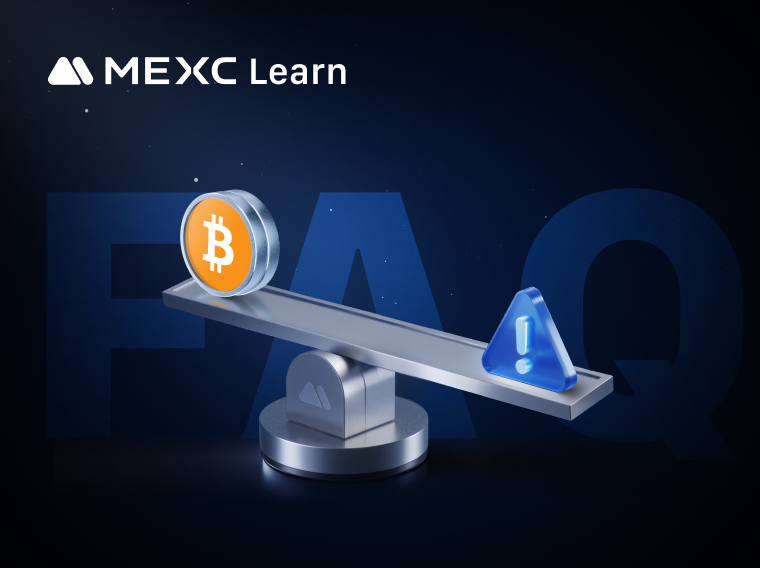
Understanding Liquidation Risk: FAQs and Protection Tips
On MEXC, users can trade either USDT-M Perpetual Futures, with leverage up to 500x, or Coin-M Perpetual Futures, with leverage up to 200x. While high leverage offers the potential for significantly am

On What Date Was the First Block of the Ethereum Blockchain Mined?
If you've ever wondered about Ethereum's beginning, you're asking the right question. The story of when Ethereum's first block was mined marks one of the most significant moments in cryptocurrency his
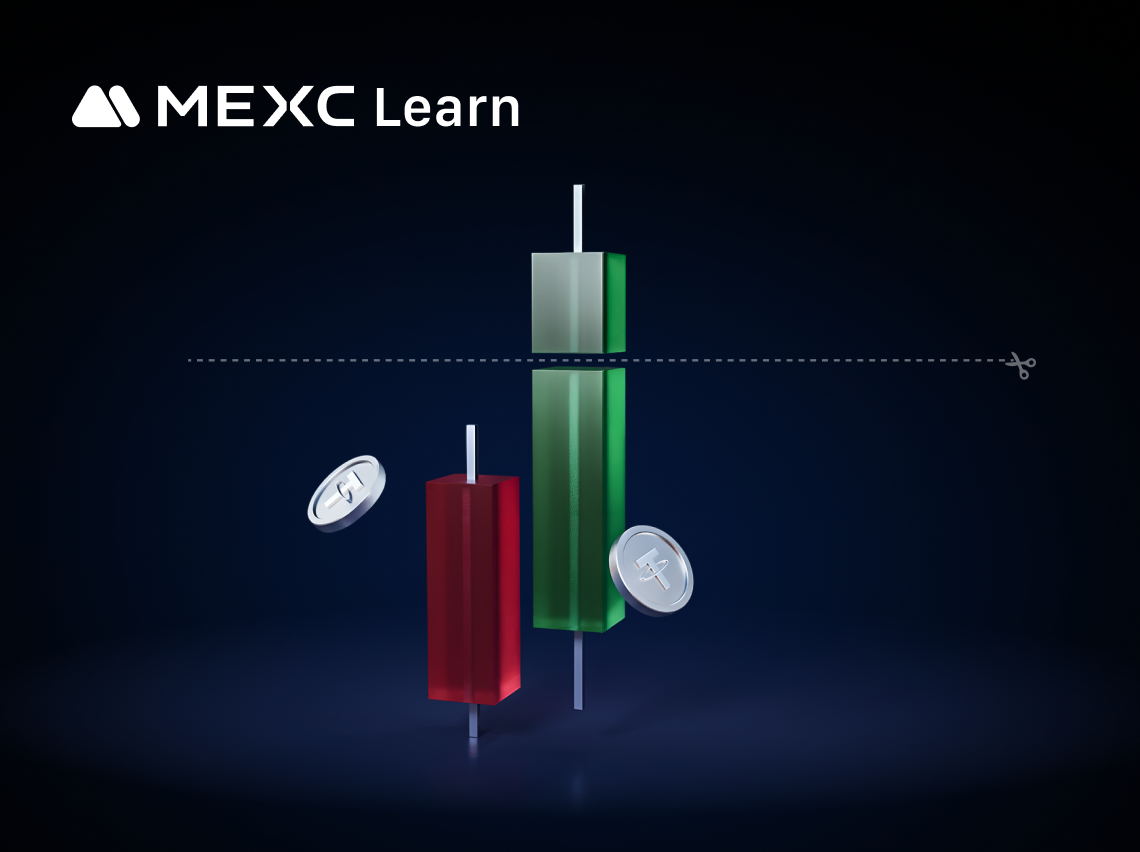
MEXC Advanced Futures Trading Strategies: Take Profit to Lock in Gains
When trading futures, successfully opening a position is only half the battle. The key to determining the success of a trade lies in closing it effectively: locking floating profits on the books into
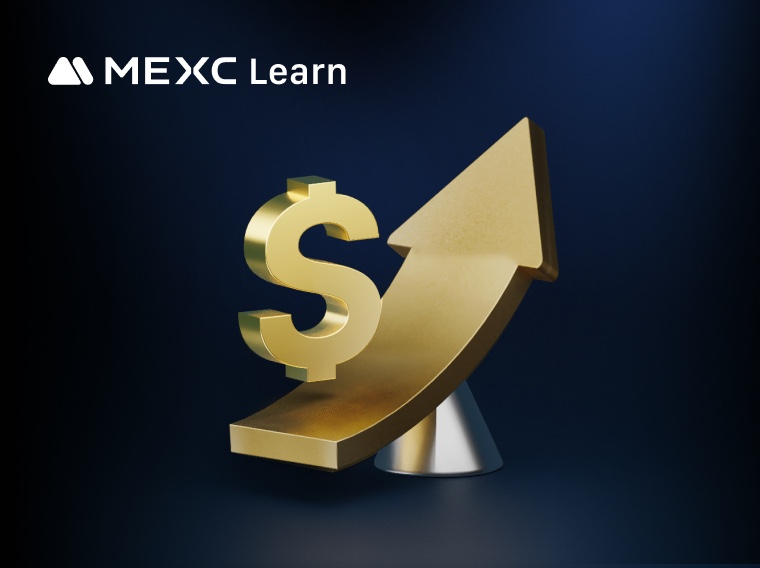
Maximize Profits or Face Liquidation? Mastering the Core Mechanics of Futures Leverage for Optimal Capital Efficiency
In the cryptocurrency and derivatives markets, leveraged futures trading is a powerful yet high-risk instrument. By enabling traders to control substantial positions with relatively small amounts of c
Hot Crypto Updates
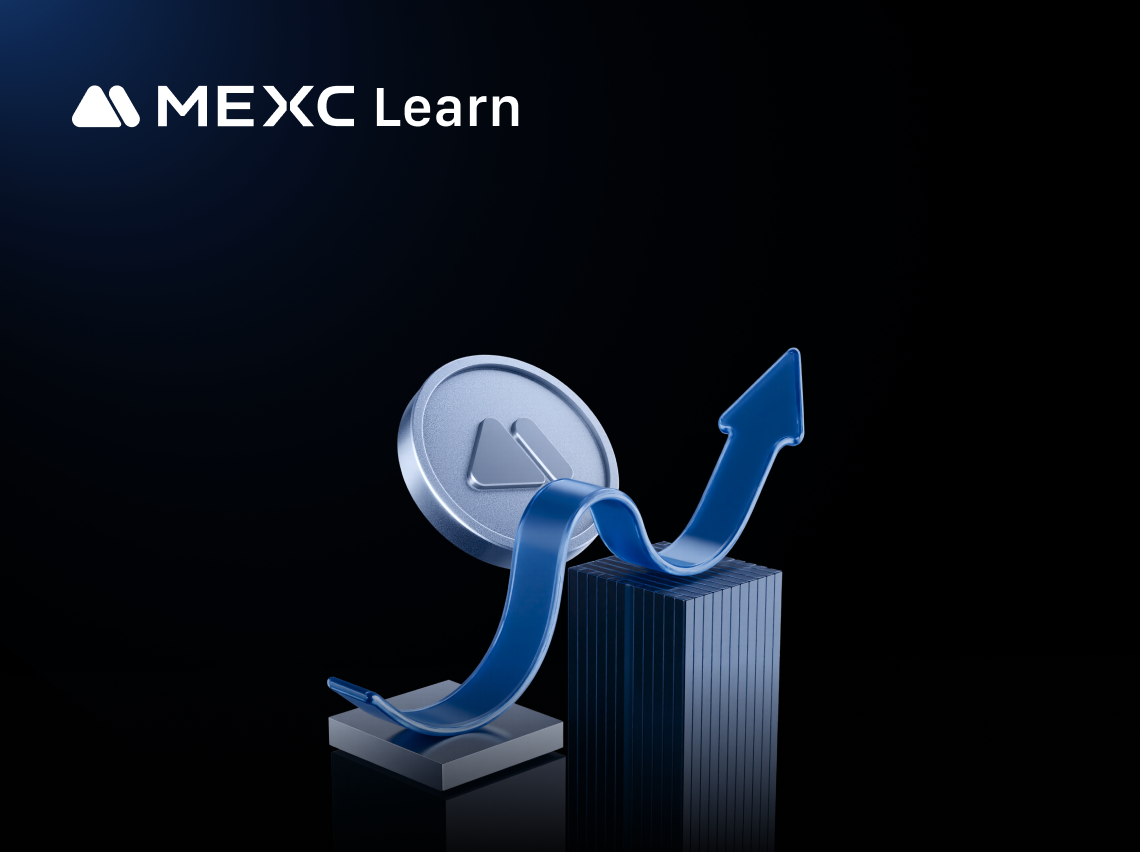
Is Anoma (XAN) Legal? Compliance Guide for Traders
Introduction to Anoma (XAN)'s Legal ClassificationAnoma (XAN) is an innovative cryptocurrency operating in the global digital finance sector, designed as an intent-centric decentralized operating syst
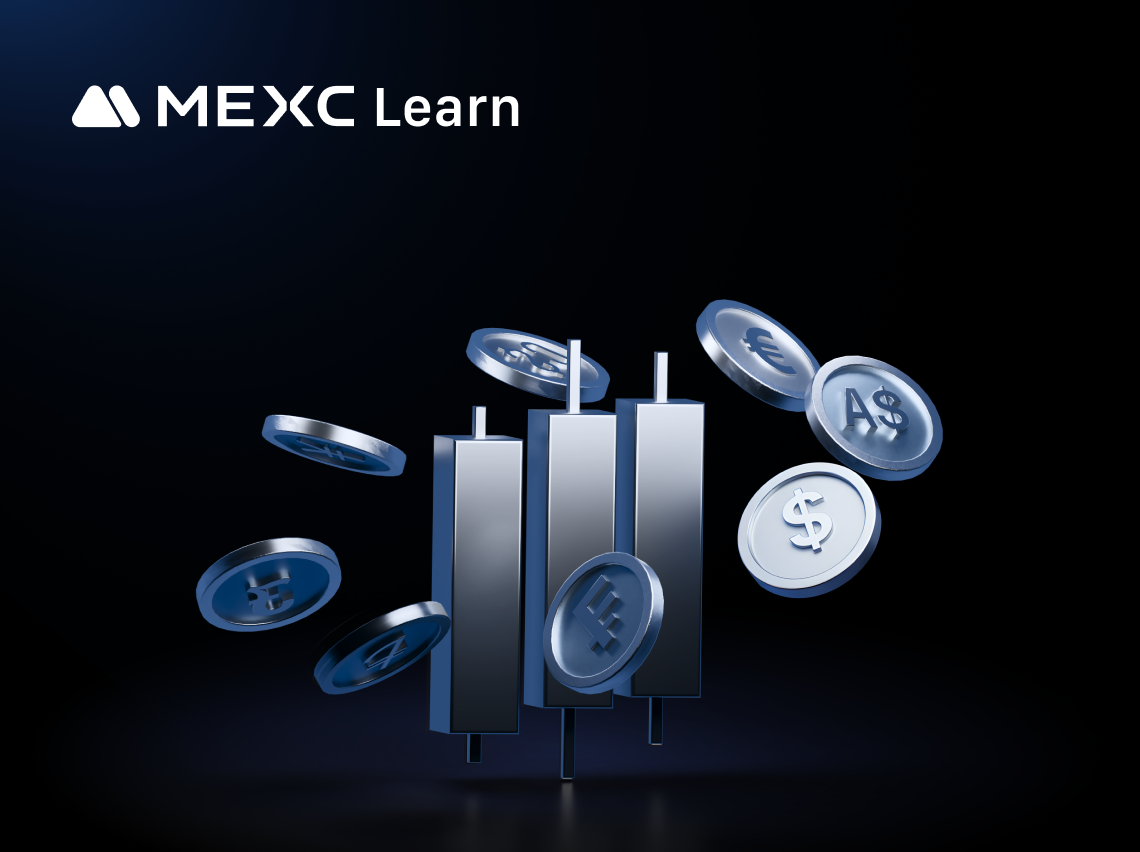
How to Select an Anoma (XAN) Trading Platform with Low Fees
Introduction to Trading Fee Structures for Anoma (XAN)When trading Anoma (XAN) or any cryptocurrency, fees can significantly impact your overall returns, especially for active traders who make frequen

Anoma (XAN) Derivatives 101: Beginner's Guide
Understanding Anoma (XAN) DerivativesAnoma (XAN) derivatives are financial contracts that derive their value from the underlying Anoma cryptocurrency without requiring ownership of the actual XAN toke

Anoma (XAN) Futures Trading: Risks and Rewards
Introduction to Anoma (XAN) Futures TradingAnoma (XAN) futures contracts allow traders to buy or sell XAN at a predetermined price at a future date without owning the actual Anoma tokens. Unlike spot
Trending News

Logitech G Drops a Wide Array Of New Products And Innovations At Logitech G PLAY 2025
Logitech G PLAY 2025 is a live-streamed global gaming event that brings together press, partners, creators, and fans to explore the future of gaming. The array of products and experiences included maj
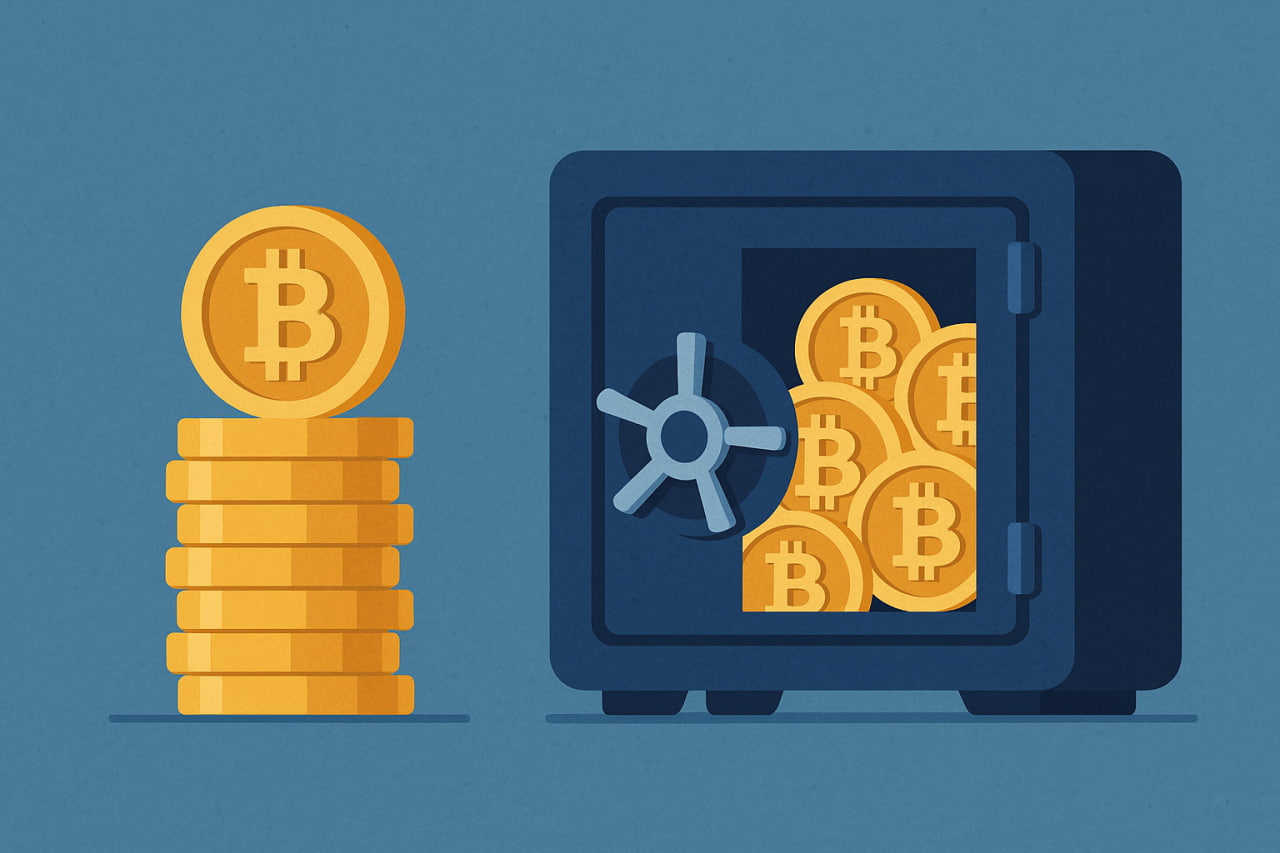
Only a Few Crypto Treasuries Will Survive, Warns Coinbase Research Chief
That’s the view of David Duong, who leads investment research at Coinbase, and sees the sector moving into a consolidation […] The post Only a Few Crypto Treasuries Will Survive, Warns Coinbase Resear
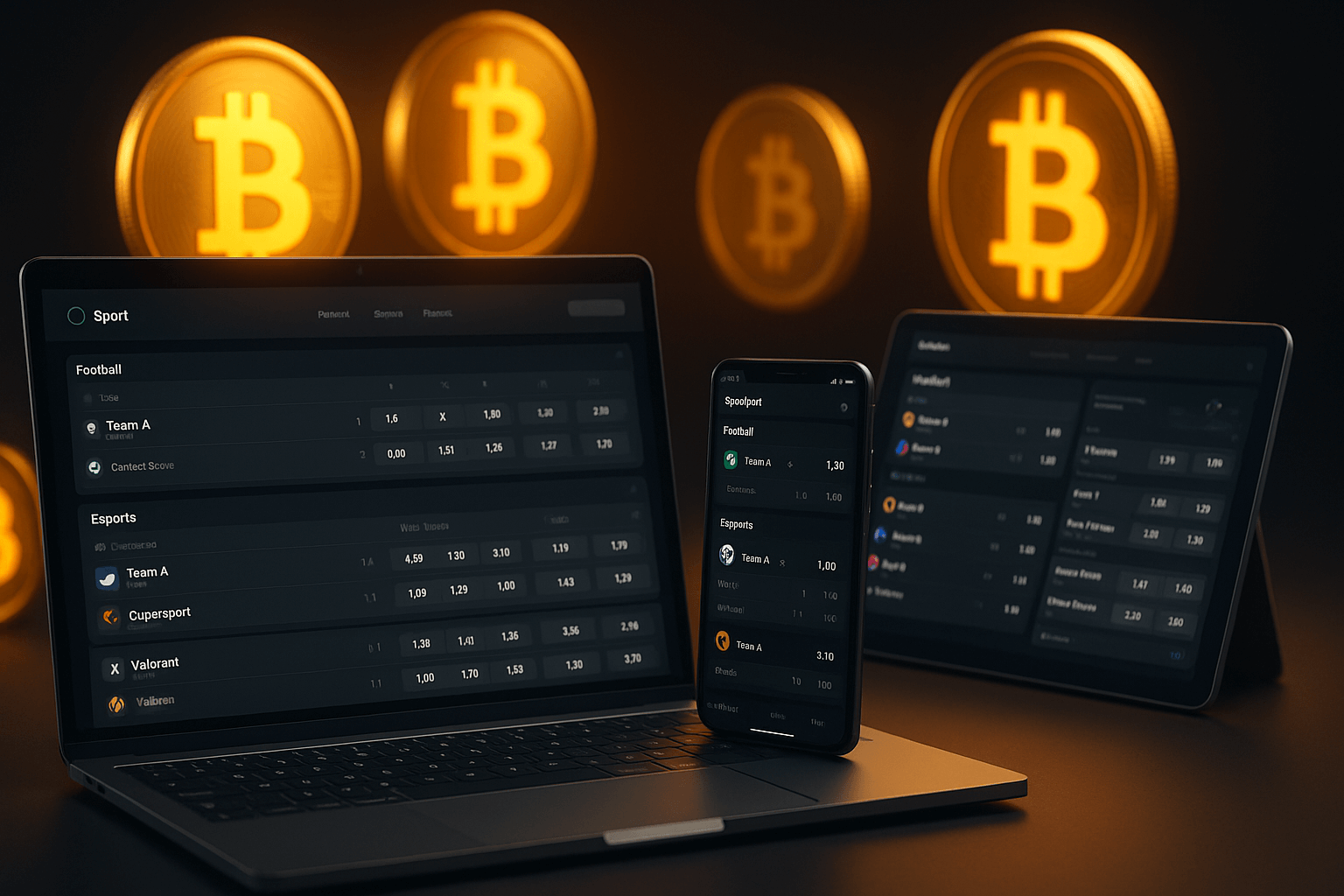
Betting With Crypto? Best Bitcoin Sportsbooks to Use in October 2025
If you want to bet with Bitcoin (or other cryptos) in 2025, you need a sportsbook that combines trust, liquidity, speed, and good promotions. In this article, we profile the best crypto sportsbooks av
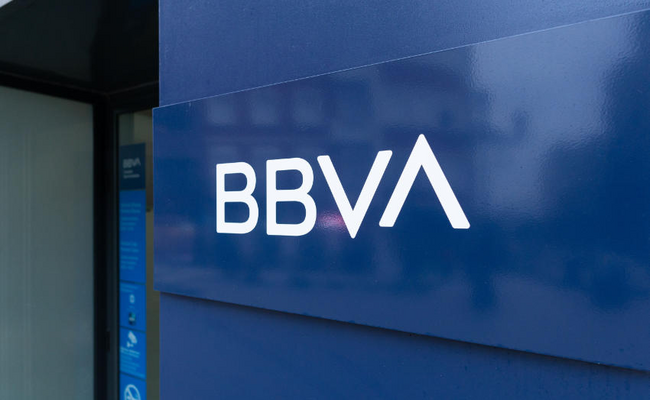
BBVA and SGX FX Partner to Launch 24/7 Regulated Crypto Trading for Retail Investors in Europe
Highlights: BBVA and SGX FX partner to launch 24/7 Bitcoin and Ethereum trading under Europe’s MiCA regulation. BBVA becomes the first EMEA bank to use SGX FX’s crypto infrastructure for retail client
Related Articles

Maximize Profits or Face Liquidation? Mastering the Core Mechanics of Futures Leverage for Optimal Capital Efficiency
In the cryptocurrency and derivatives markets, leveraged futures trading is a powerful yet high-risk instrument. By enabling traders to control substantial positions with relatively small amounts of c
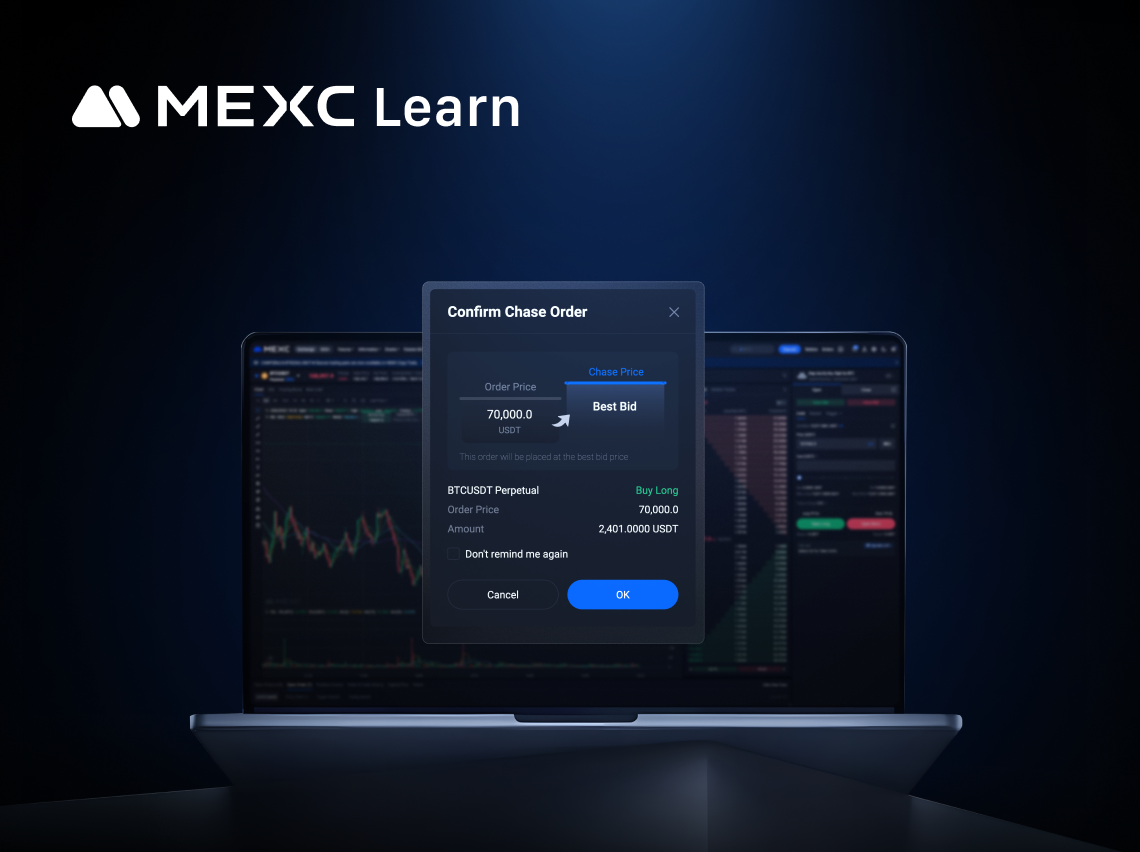
Don't Miss Trading Opportunities: Capture Market Volatility with MEXC Futures Chase Orders
High volatility has long been one of the defining features of the cryptocurrency market, and it remains an important factor attracting many participants. In such fast-moving conditions, the ability to

What Is Copy Trade? Advantages and Risks You Should Understand
In the cryptocurrency market, futures trading is renowned for its high potential returns, yet its complexity and inherent risks often discourage newcomers. To help lower this barrier, MEXC introduced
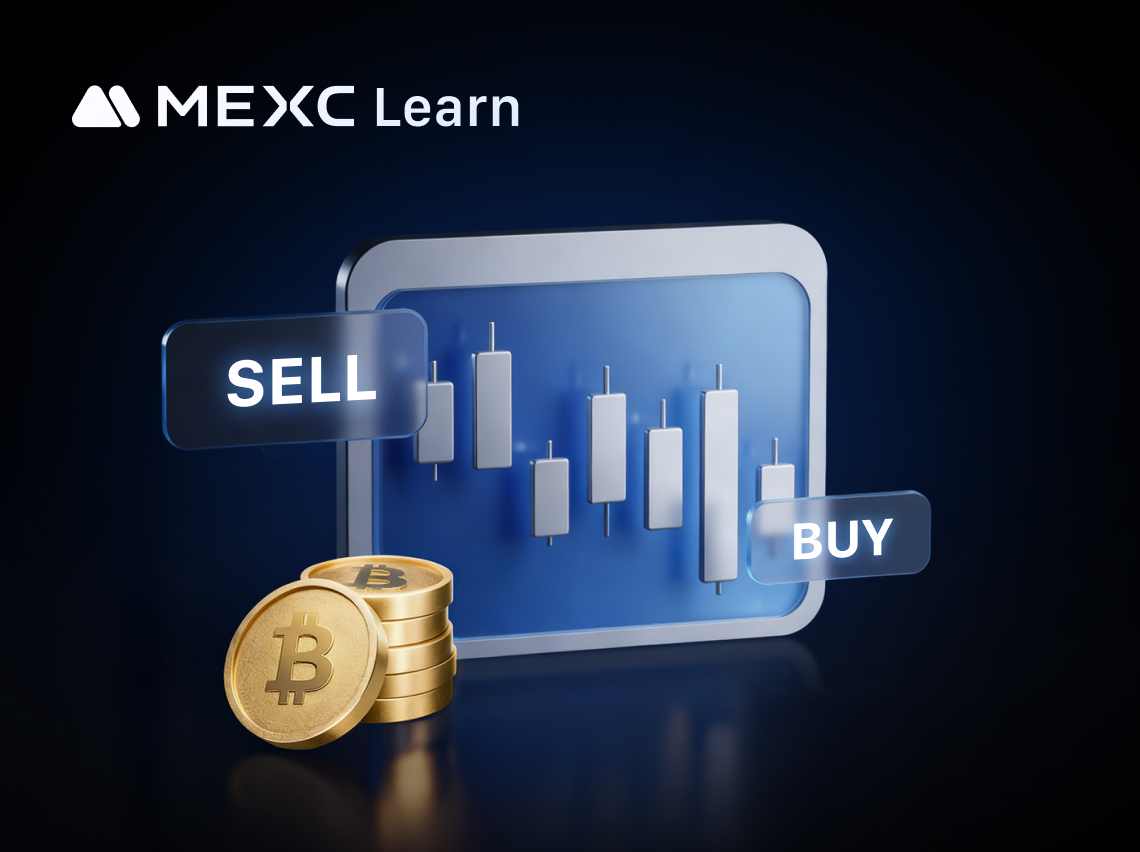
The Complete Guide to Coin-M Perpetual Futures on MEXC
In cryptocurrency derivatives, Futures trading enables investors to apply leverage to increase potential returns and to take positions in both rising and falling markets. MEXC offers two primary types
